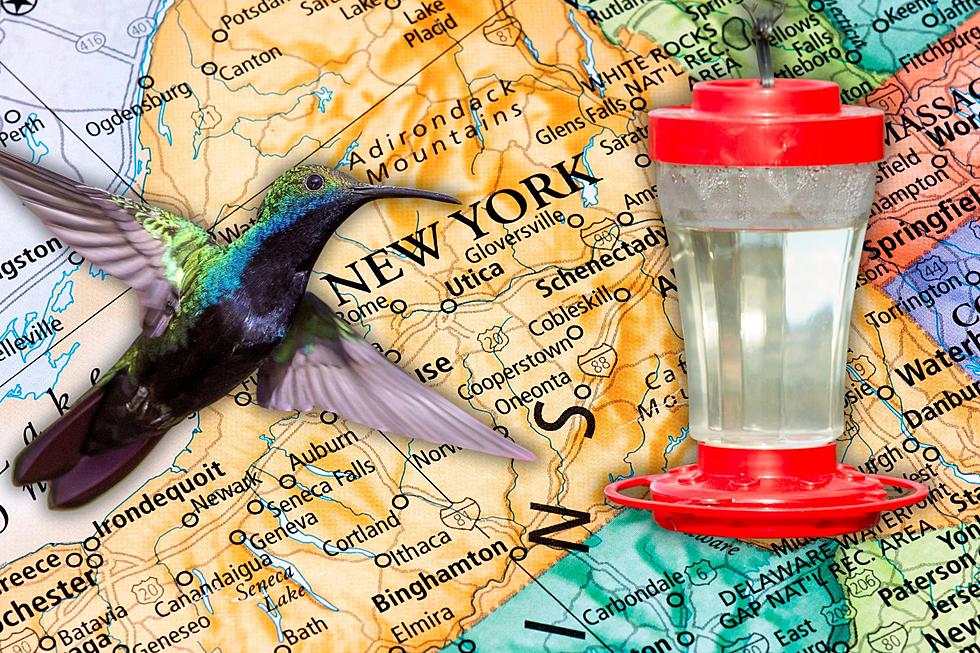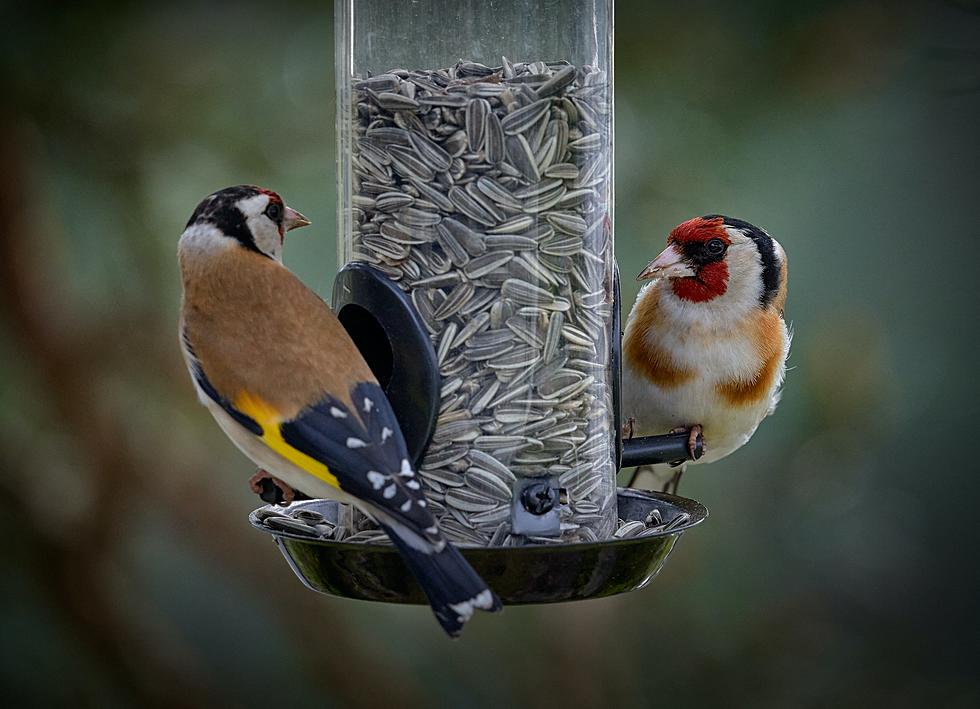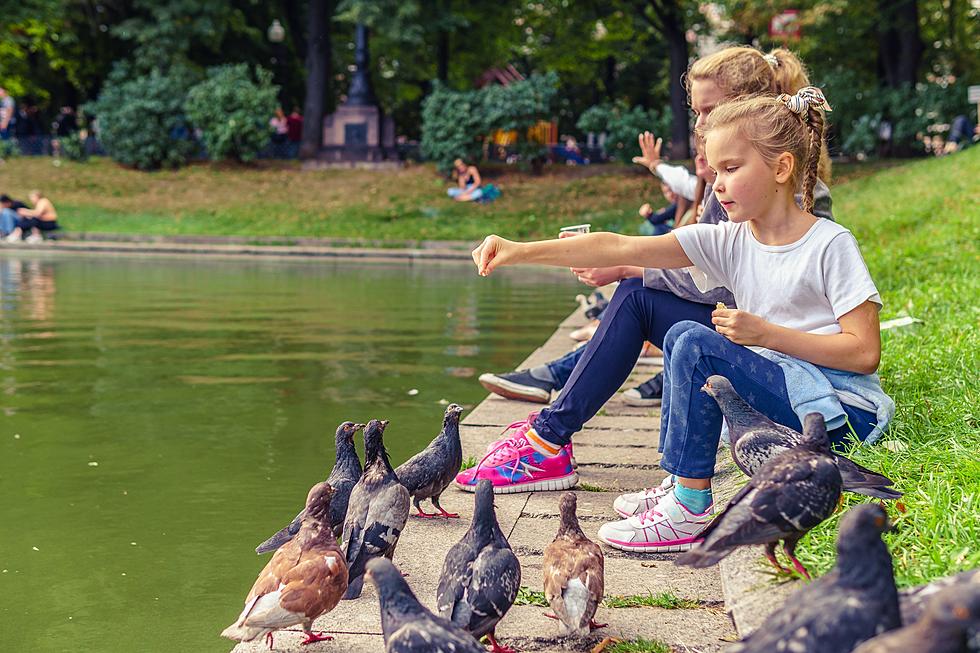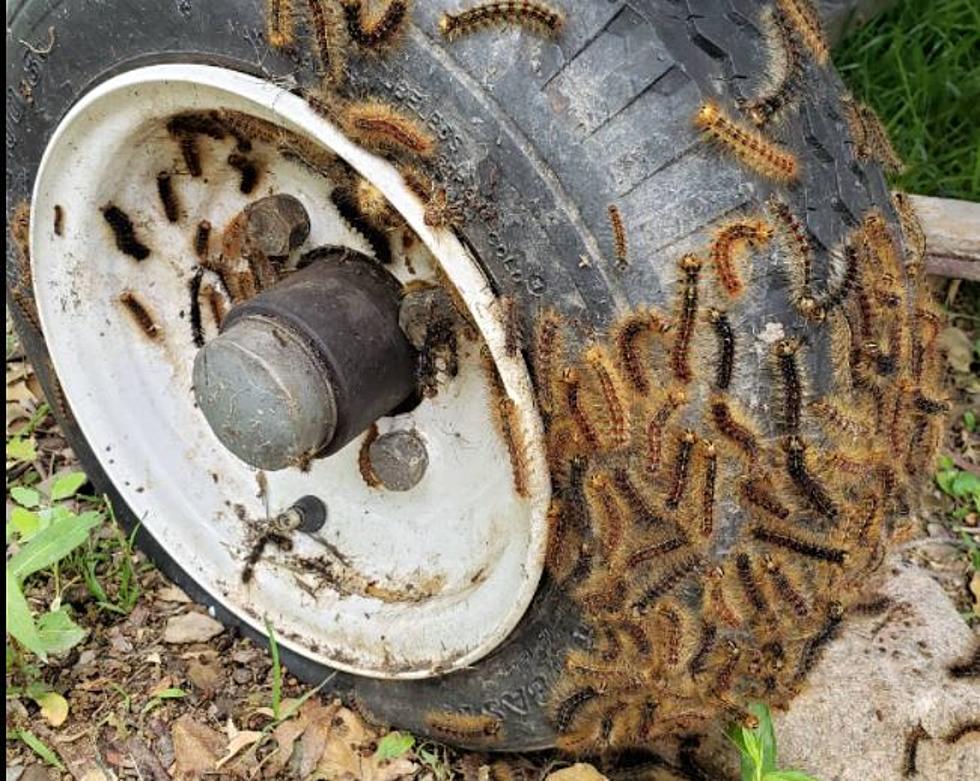
Central New York Hummingbirds Are Back For The Spring 2021 Season
The Ruby-throated Hummingbird, the only species normally found in the Central New York area, has migrated back, and they seem hungry.
The hummingbird migration is widespread, and my heart broke yesterday when a hummingbird flew up and hovered around the spot I would normally hang its nectar. I dropped what I was doing and quickly mixed up a batch of food, washed their little feeders, and hung them up. Within minutes they were eating.
Why I Make My Own Hummingbird Food
The Cornell Lab of Ornithology strongly recommends against using red dye in feeders. The dye is NOT safe for hummingbirds. The amount of dye is not regulated, and the birds are so small that ounce for ounce, they are exposed to levels that far exceed amounts known to be harmful. In addition, there is evidence via licensed rehabbers that hummers who have been fed dyed food have higher mortality and suffer tumors of the bill and liver.

Nectar is very easy to make yourself using a 4 to 1 ratio. First, I mix 2 cups of water with 1/2 cup sugar. I'm probably going overboard, but I boil the water to make sure it's sterilized, and I think the sugar dissolves easier this way.
Why The Hummingbird Needs Nectar
Bob Sargent from hummingbirds.net says, "Hummers need nectar to power the bug-eating machine that they are." They are really miniature flycatchers. Sugar is needed to give them energy so they can catch their real nourishment. You can try to help them by setting out overripe fruit like banana peels to attract flies.
First Arrivals In Central New York
The Journey North Website shows the first sighting of the Ruby-Throated Hummingbird was in Cold Brook on May 2, at 10:30. Several were spotted in Rome and Deansboro on May 3. Syracuse residents started reporting their sightings on May 4 and May 5.
Fun Facts About The Hummingbird Adirondack Council And NY Audubon:
- The Ruby-throated Hummingbird is the only species of hummingbird in North America that breeds east of the Great Plains. The tiny bird can fly non-stop for more than 1,200 miles.
- CNY hummingbirds are critical wildflower pollinators and play an important role in sustaining the health of the ecosystem and food supply.
- As small as they are, hummingbirds are ready prey for frogs to spiders and dragonflies.
- Hummingbird tongues act as small pumps that consume nectar at a rate of approximately 15 licks per second.
- Hummingbirds must eat all day long to survive. They consume about half their body weight in bugs and nectar, feeding every 10-15 minutes and visiting 1,000-2,000 flowers throughout the day.
- A Ruby-throated hummingbird’s egg is about the size of a pea, and its nest is roughly the size of half a walnut shell.
- Some travel over 2,000 miles twice a year. They generally fly alone, fly low, and by day when nectar sources are the most abundant. Research indicates a hummingbird can travel as much as 23 miles in one day.
- Hummingbirds can fly forward, backward, and even upside down.
- They have been clocked at 30 mph indirect flight and more than 45 mph during courtship dives.
- A hummingbird's heart beats from 225 times per minute when it’s at rest and more than 1,200 times per minute when it is flying. Its wings beat about 70 times per second in regular flight and more than 200 times per second when diving.
Three Week Old Eaglets Born Near Susquehanna River
Susquehanna Eaglets Learn to Feed Themselves
Stunning Photos Capture Toy Thief Coyote Playing Just Like a Dog
LOOK: Exotic Animals You Can Own In New York
More From Big Frog 104






![3 Types of Birds, Including a Beauty, Considered Nuisances in NY [Photos]](http://townsquare.media/site/11/files/2022/01/attachment-GettyImages-1303878539.jpg?w=980&q=75)


